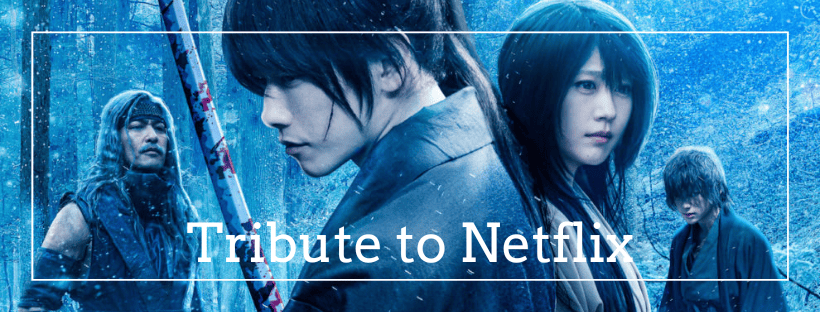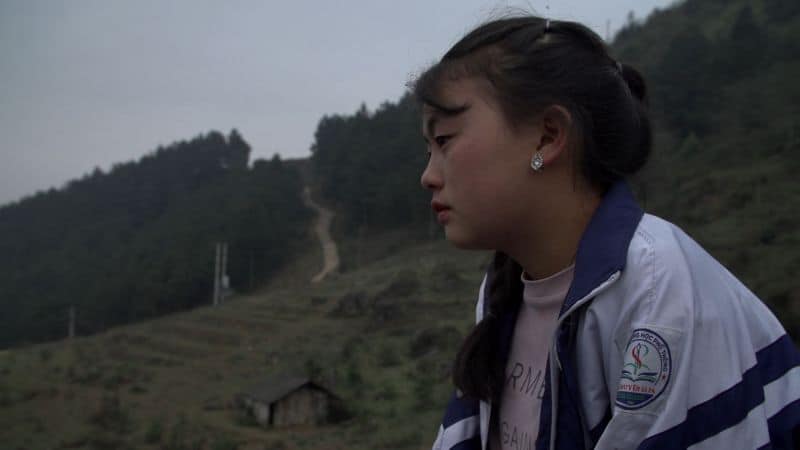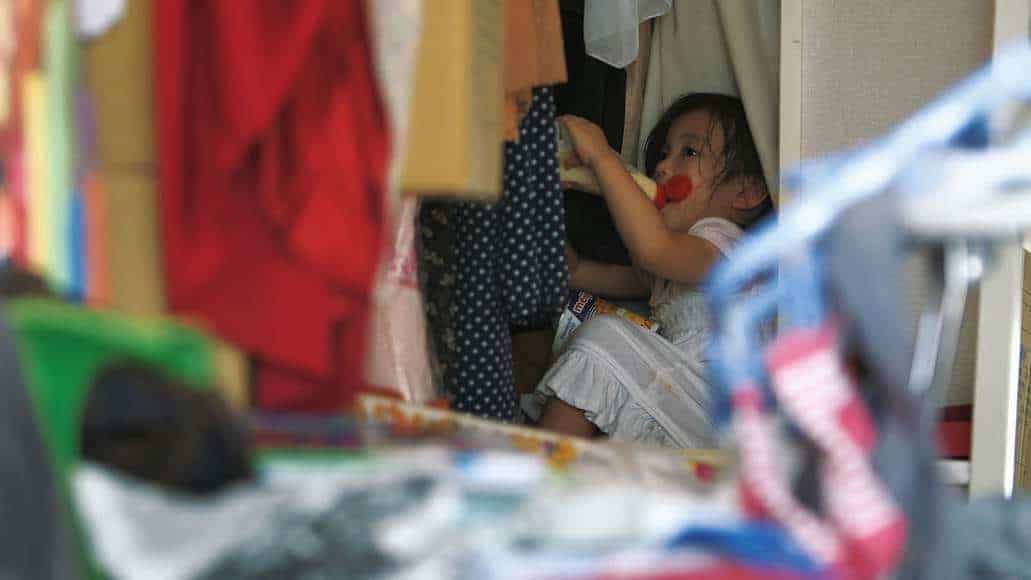Following an extensive absence, the iconic monster Gamera returns in Kadokawa's latest anime, “Gamera Rebirth,” directed by Hiroyuki Seshita and with animation by ENGI. The show's director previously co-directed the “Godzilla” anime trilogy with Kobun Shizuno, a series of films that had good ideas but fell short in their execution due to poor writing and were aesthetically underwhelming. Sadly, “Gamera Rebirth” doesn't fare much better, being a less-than-grand comeback for the giant turtle that's narratively flat and visually ugly.
Click the image below to follow our Tribute to Netflix

As four kids are carrying about with their lives in Japan in the summer of 1989, the country is suddenly attacked by various giant monsters. Even with the military's involvement, the creatures prove to put up a good fight, further posing a threat to the citizens. However, a sense of hope emerges when a giant turtle appears to protect humanity. Initially deemed a threat, the behemoth is proven to be a defender of humanity. The children connect with this creature, eventually giving him the name Gamera.
Hiroyuki Seshita sets up a promising premise for the show that hearkens back to the friend of all children aspect of the Showa films and “Gamera the Brave” but with a darker edge, in line with the Heisei trilogy. In addition to this is the unique roster for the title monsters' opponents, with many, save for Gyaos, making their first major appearances since the original features they debuted in. If only the writing were good, follow through with these ideas, and it isn't. Much of the story is a series of events that only feel loosely connected without reason to care about what is happening, coupled with an unbalanced tone and dreadful pacing. Even with the show only being six episodes, it manages to drag in the middle portion, and by the final act, it just feels like it's overstaying its welcome.
Check also this interview
The series also tries to throw in some narrative conflicts between the characters and address themes that, on paper, have potential for emotional storytelling, including the complex postwar military relations between America and Japan, parent-child relations, humanity's impact on nature, and issues of xenophobia. Yet, all are merely stated and then quickly glossed over in a cliffnotes-like approach, as if the brief mention automatically amounts to narrative immersion. Plus, despite trying to capture the atmosphere of previous entries, it all feels wooden and mechanical, much like the show's actual animation.
All the characters are forgettable, and considering most of the anime follows them, it makes the experience extra tiring. The children Boco, Joe, Junichi, and Brody are dull, and any attempt at humor or drama between them feels forced and heavy-handed. As for the adults, they are just as uninteresting as the lead kids, including antagonists later revealed in the show. There's not much to say about the voice acting, though it is painfully melodramatic in some sections, resulting in some parts being unintentionally comical.
Disappointingly, Gamera doesn't fare much better in what may be the dullest iteration of the character to date. There isn't any sense of mystique or intrigue to the creature like in other depictions. He shows up without any buildup beforehand, save for a minor tease with the children rescuing a baby turtle in the first episode. After his first appearance, for the remainder of the show, the title character is only a narrative deus ex machina in a cycle of merely appearing to kill the enemy monster, then disappearing for a while. By the end, the audience is asked to feel for the creature along with the bond the kids form with him, yet it feels unearned as nothing beforehand warrants these emotions to land. Sadly, the enemy kaiju are more interesting; even then, any unique ideas surrounding them are danced around.
Regarding the animation, it's just as shoddy, if not worse, than what was depicted in the “Godzilla” anime trilogy, with similarly ugly 3D CGI imagery. For starters, there is the incredibly choppy framerate, sometimes looking like it wasn't animated properly or is glitching out, resulting in many awkward moments; this includes the monster battles. The character design is dull, though some kaiju designs look good. Gamera is given a slick new look reminiscent of his Heisei days, and the redesigns of recognizable opponents like Jiger, Zigra, and Guiron are also impressive. However, the action leaves much to be desired, with the kaiju fights not being particularly exciting or visually appealing, and sometimes anticlimactic, further hurt by awful digital effects. Occasionally, some parts have the potential to be memorable highlights with some commendable cinematography and attempt at scope, and there is some creativity with some of the moves. Yet, it falls short due to lackluster execution and insufficient budget. The 3D models used to depict humans are downright hideous and stick out from the flat 2D backgrounds.
Animation isn't the only fault in the production. The sound design is also noticeably poor, with subpar mixing and sometimes sounding very flat. Some sound effects are even painfully stock and cartoonish, hurting the weight of the action in addition to the bad editing. As for the soundtrack, Shuji Katayama's music score is serviceable at best, and “Natsuake” and “FLY & DIVE” by Wanima are decent tunes.
“Gamera Rebirth” is a tedious and aggravating waste of time. What's meant to be a grand return for a beloved kaiju feels more like validation by Kadokawa that maybe the big turtle doesn't need another comeback. Thankfully, there are still better options, like Shusuke Kaneko's excellent Heisei “Gamera” trilogy and Ryuta Tasaki's endearing “Gamera the Brave.”















